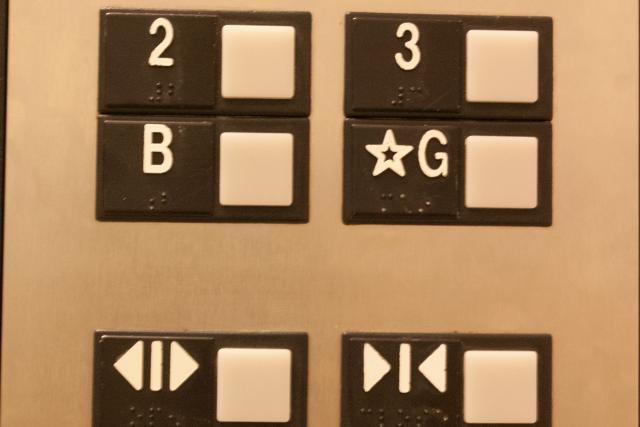Should I get an Orbit Reader?
Submitted by Ambrose on Wed, 2017-03-29 11:13
Yesterday I stumbled onto Debbie Gillespie’s blog, surprisingly, by way of Editors Canada (actually Editors Toronto, even). I wish I had found this earlier, since what Debbie reported back in July 2014 directly contradicts what’s being taught in my program, and had I found it back then I’d still be able to change what I wrote.
Anyway, I followed the rabbit trail and eventually landed on the page to preorder the Orbit Reader 20. $50 would be easy to fork out, but I’d eventually need to pay $450 more, plus taxes (still much less than those other devices that I can’t afford, but still a significant amount of money). So should I get the device, or not?
Maybe not now? I should probably not hold up a device for people who really need it?

 What caught my attention was the braille. I’ve seen buttons with star signs before, and what I’d been seeing had been having the star sign “translated” to the letter S—odd to me, but if this is an actual convention then actual blind people probably aren’t going to get confused. However, the first letter for the “ground floor” button was clearly not an S.
So what is it? I took some time trying to decipher it and found that it read “main”. So to a blind person, the building doesn’t have a “ground floor,” but a “main floor.”
I don’t know how others feel, but I think this is an inconsistency.
What caught my attention was the braille. I’ve seen buttons with star signs before, and what I’d been seeing had been having the star sign “translated” to the letter S—odd to me, but if this is an actual convention then actual blind people probably aren’t going to get confused. However, the first letter for the “ground floor” button was clearly not an S.
So what is it? I took some time trying to decipher it and found that it read “main”. So to a blind person, the building doesn’t have a “ground floor,” but a “main floor.”
I don’t know how others feel, but I think this is an inconsistency.